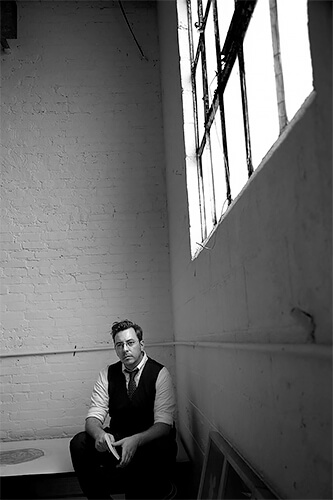Jared Ragland is a fine art and documentary photographer and former White House photo editor. He currently teaches and coordinates exhibitions and community programs in the Department of Art and Art History at the University of Alabama at Birmingham and is at work on a long-term documentary on methamphetamine users living in northeast Alabama. He is the photo editor of National Geographic Books' "The President's Photographer: Fifty Years Inside the Oval Office," and has worked on assignment for NGOs in the Balkans, the former Soviet Bloc, East Africa and Haiti. His photographic work is rooted in his lifelong exposure to the landscapes, people, aesthetics, and storytelling traditions of the American South, and his work has been exhibited internationally and featured by The Oxford American, The New York Times, and TIME Magazine. Jared is an alumni of LaGrange College and a 2003 graduate of Tulane University with an MFA in Photography. He resides in his hometown of Birmingham, Alabama.
Statement:
The rise in use of methamphetamine across the United States over the last decade has led to increased cultural anxiety about the drug and those who use it, while the general perception of the meth-head is perpetuated by popular television programs and pervasive anti-meth campaigns. These limited representations typically paint one-dimensional, demonized characters whose chronic drug use is epitomized by obsessiveness, paranoia, and monstrous physical side effects. But while there are certainly deleterious consequences to meth use and stereotypes often ring too true, existing cultural narratives too often fall short of more complex, individually considered realities.
Photographed over 18 months in collaboration with University of Alabama at Birmingham sociologist Heith Copes, Ph.D., GOOD BAD PEOPLE documents the tumultuous lives of meth users from Sand Mountain, a sandstone plateau in northeast Alabama infamous for extreme poverty, poultry processing plants, Pentecostal snake-handlers, and meth production. The images simultaneously reinforce and undermine assumptions of what it means to be a methamphetamine user and present an intimate look into the lives of those who struggle amidst drug use and diminished social status.
